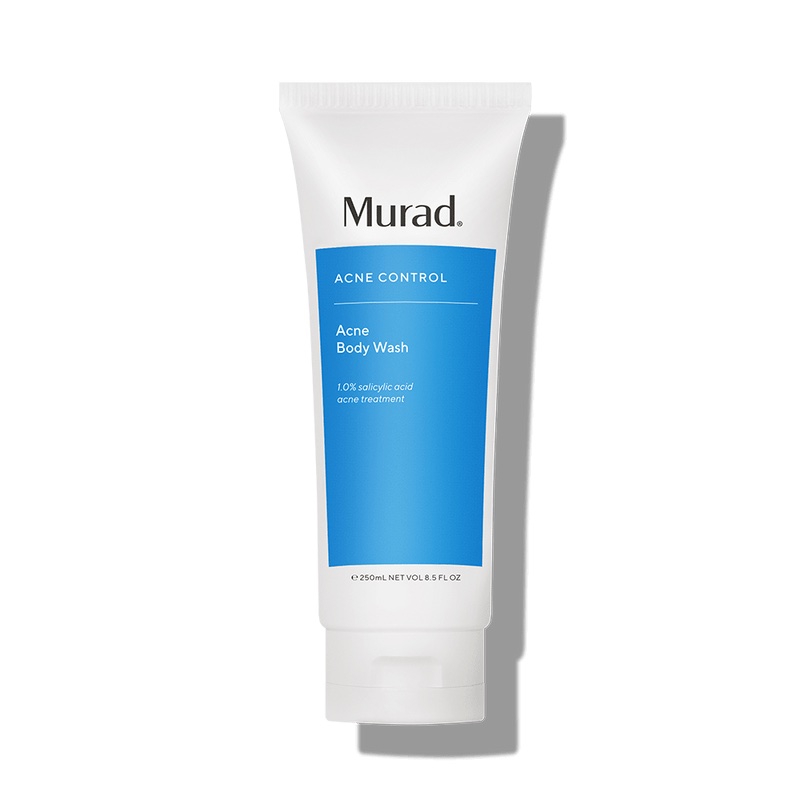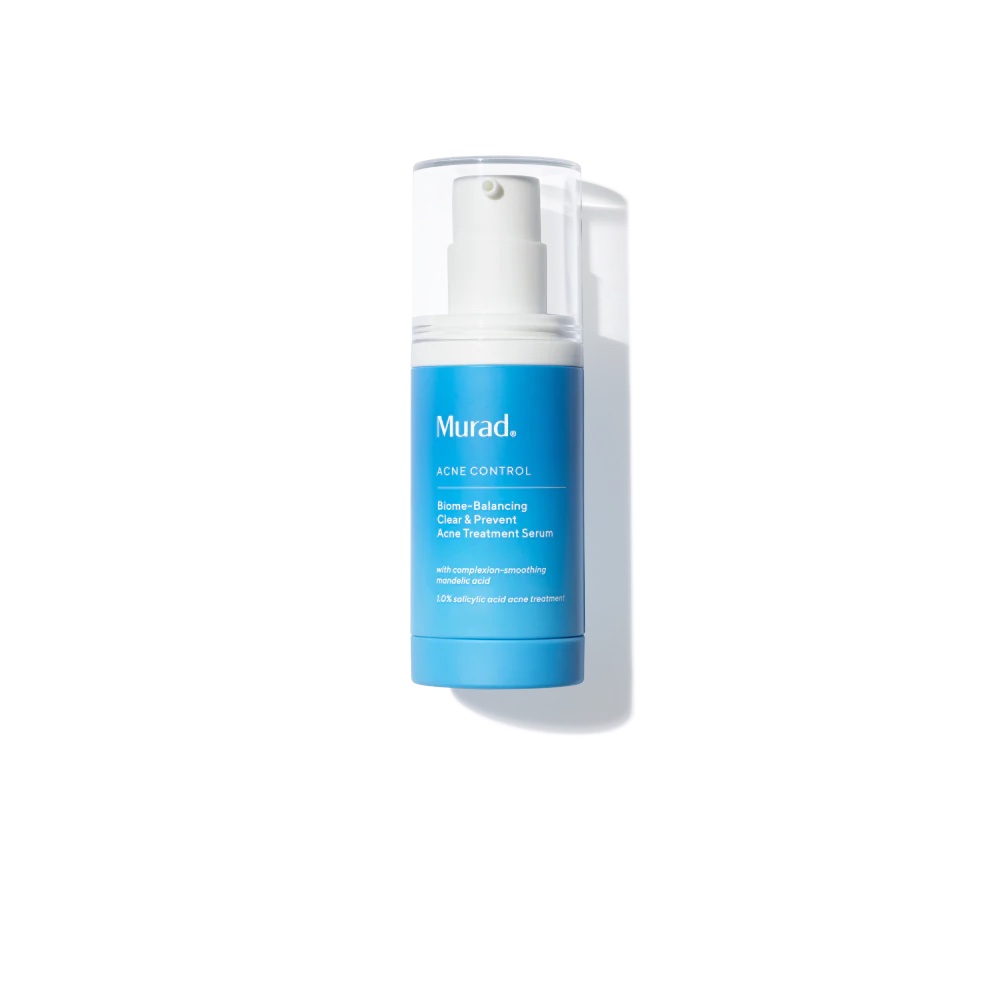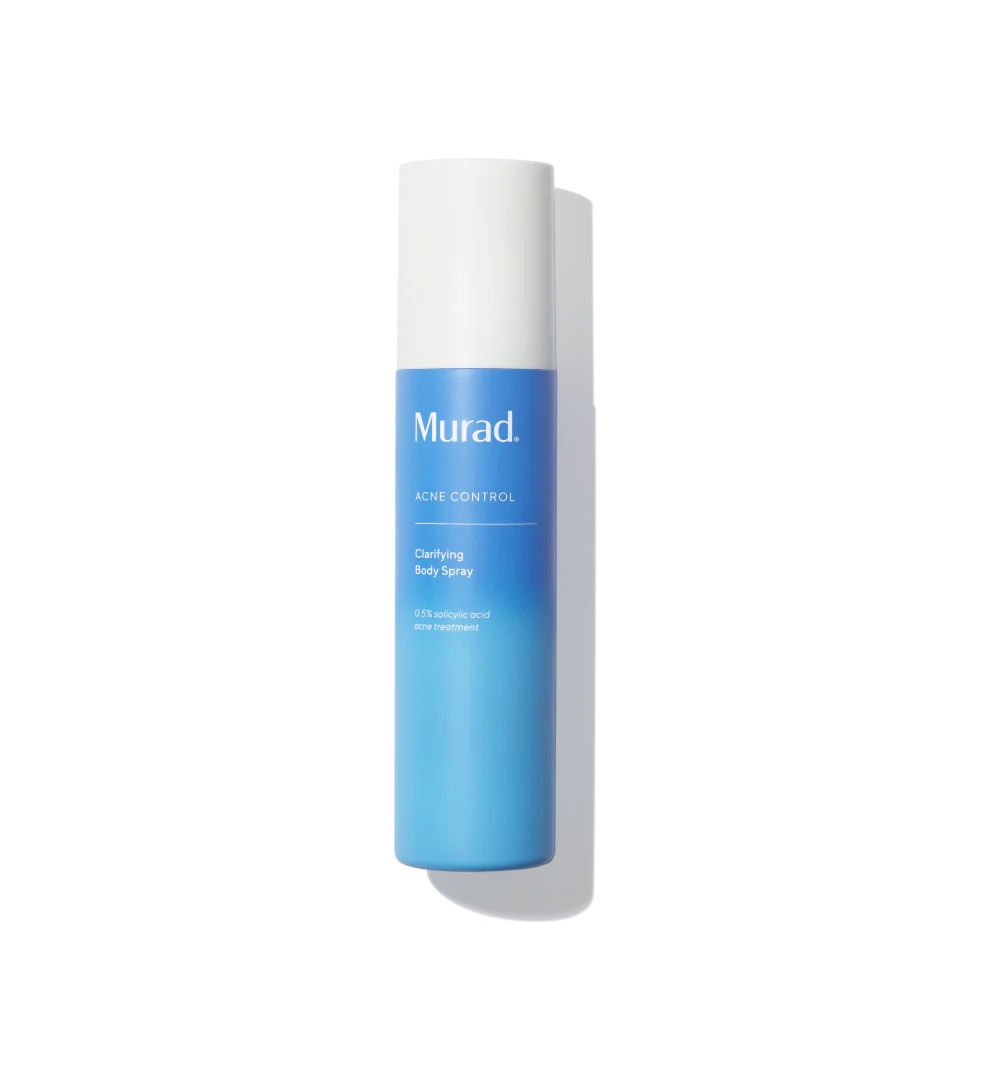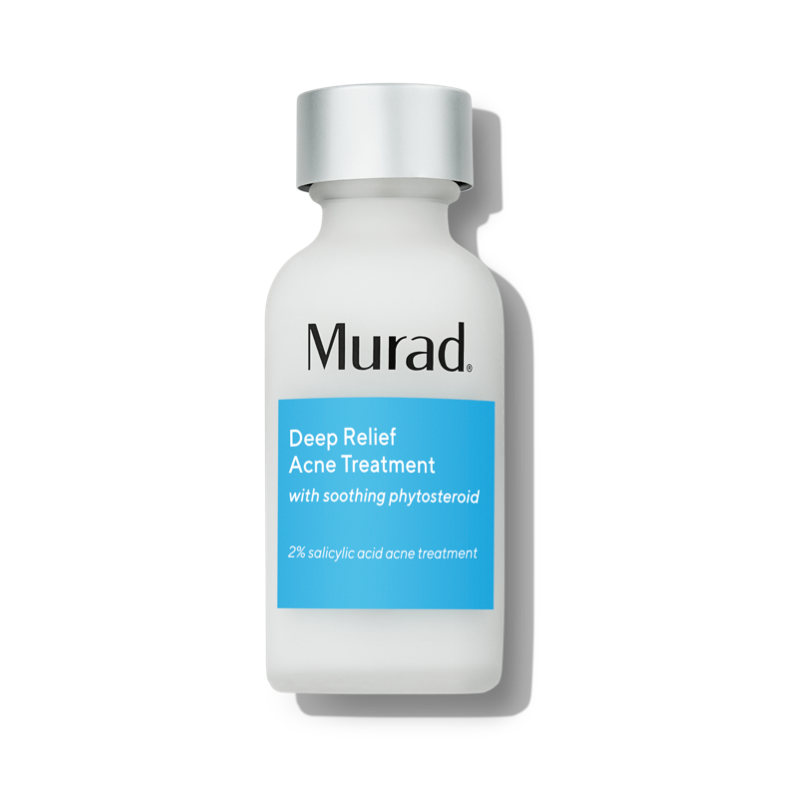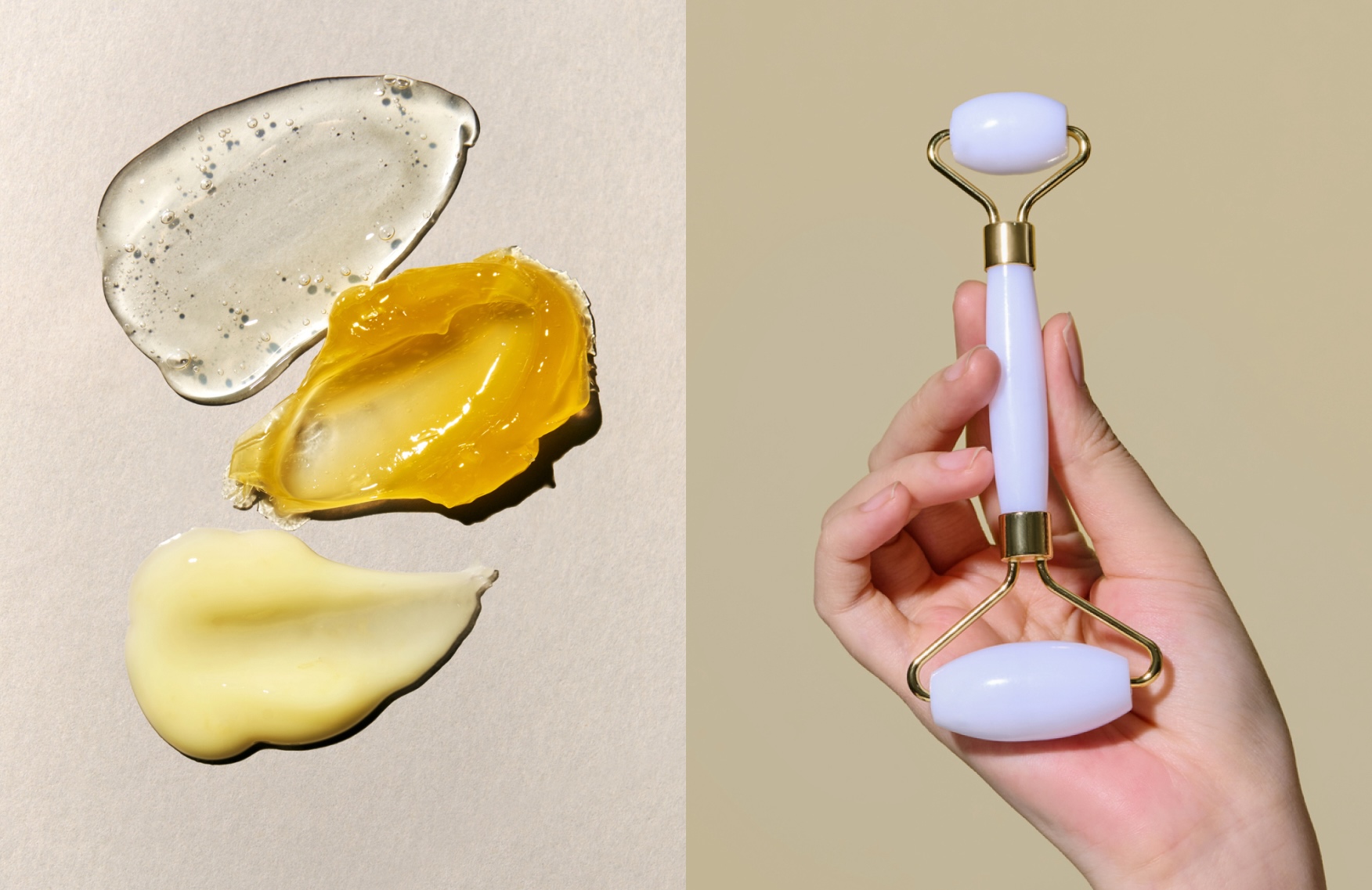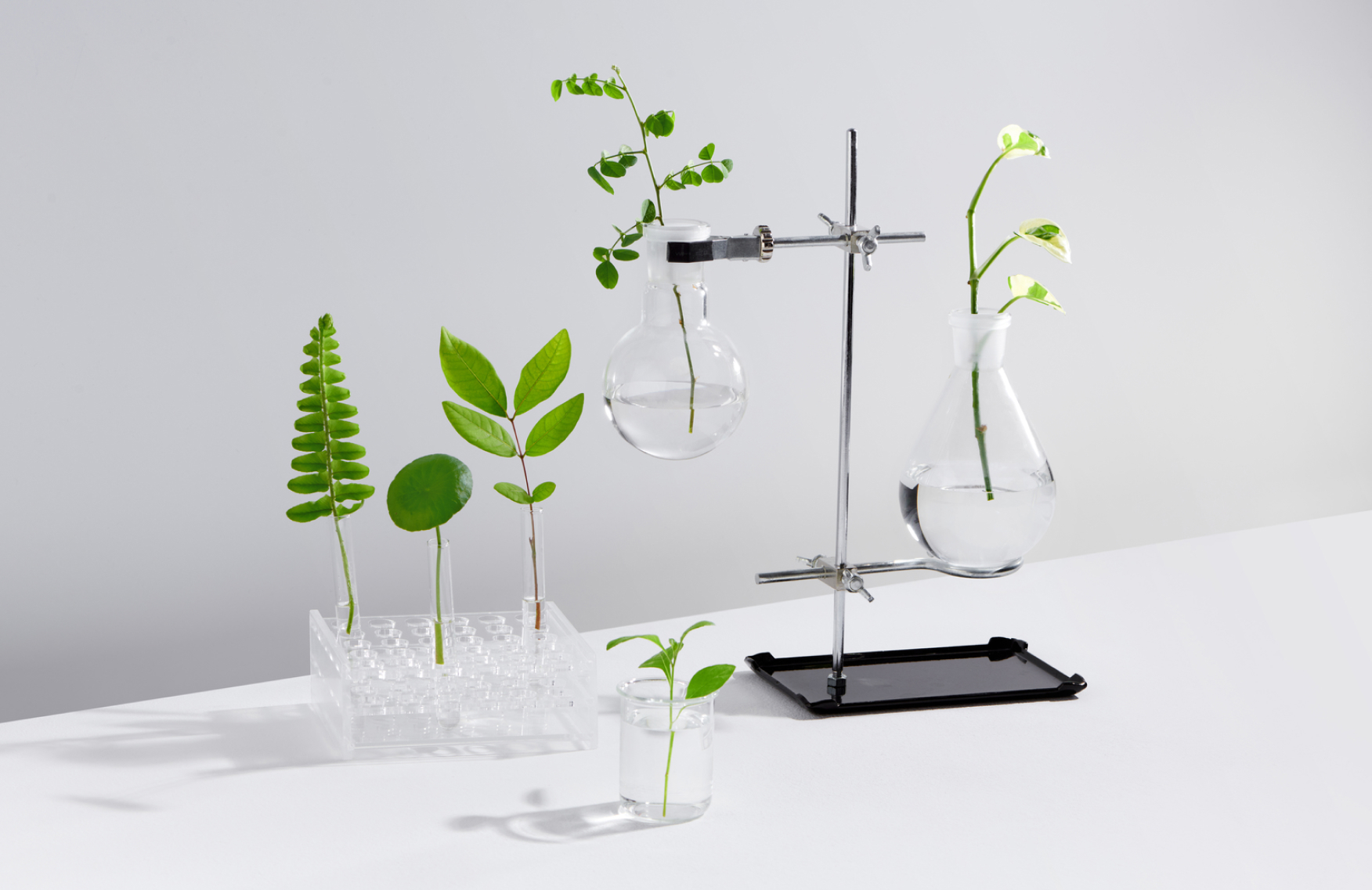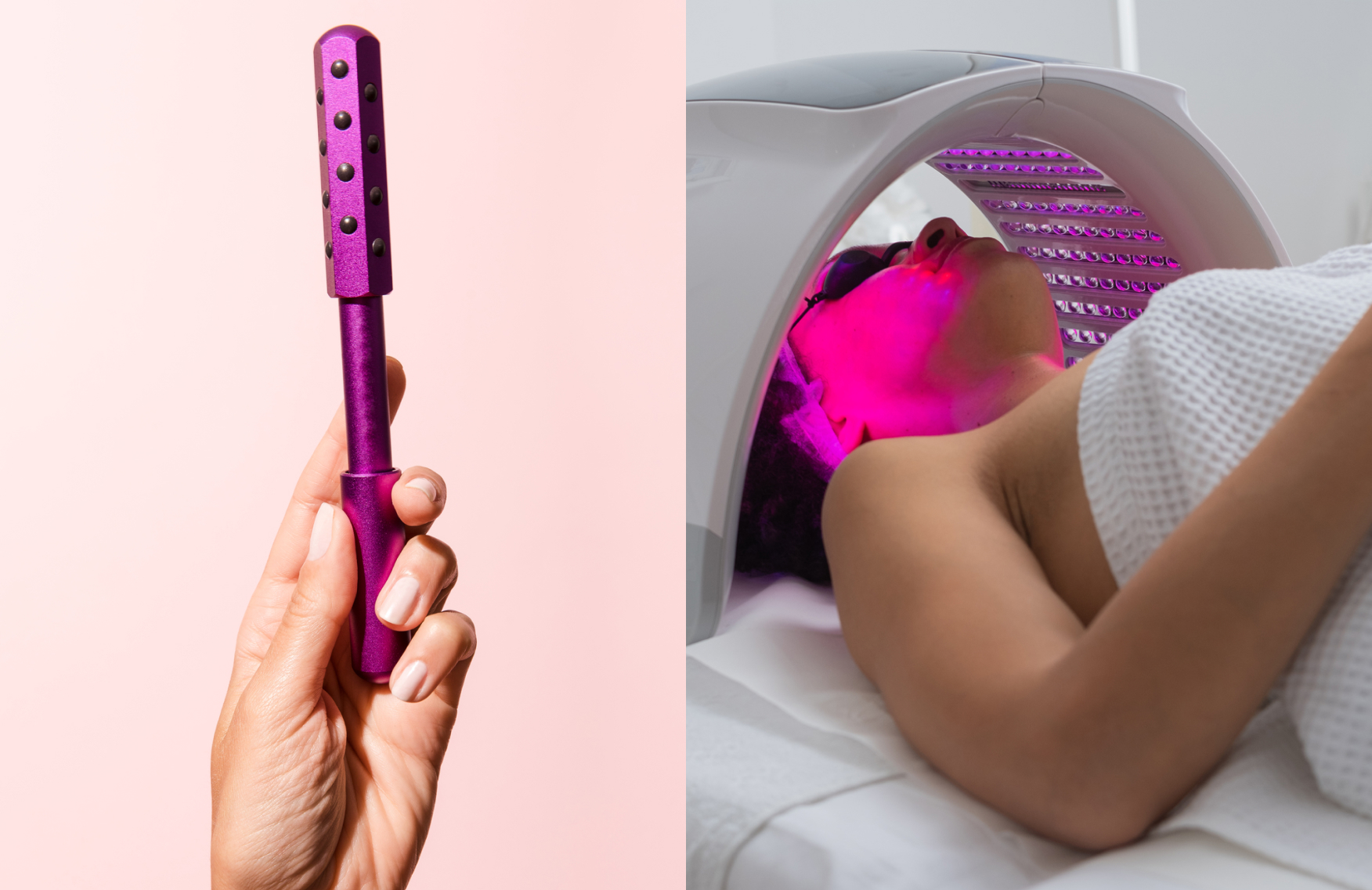Have breakouts that won’t clear? It might not be acne. Meet the common ‘acne imitators’—and how to treat them
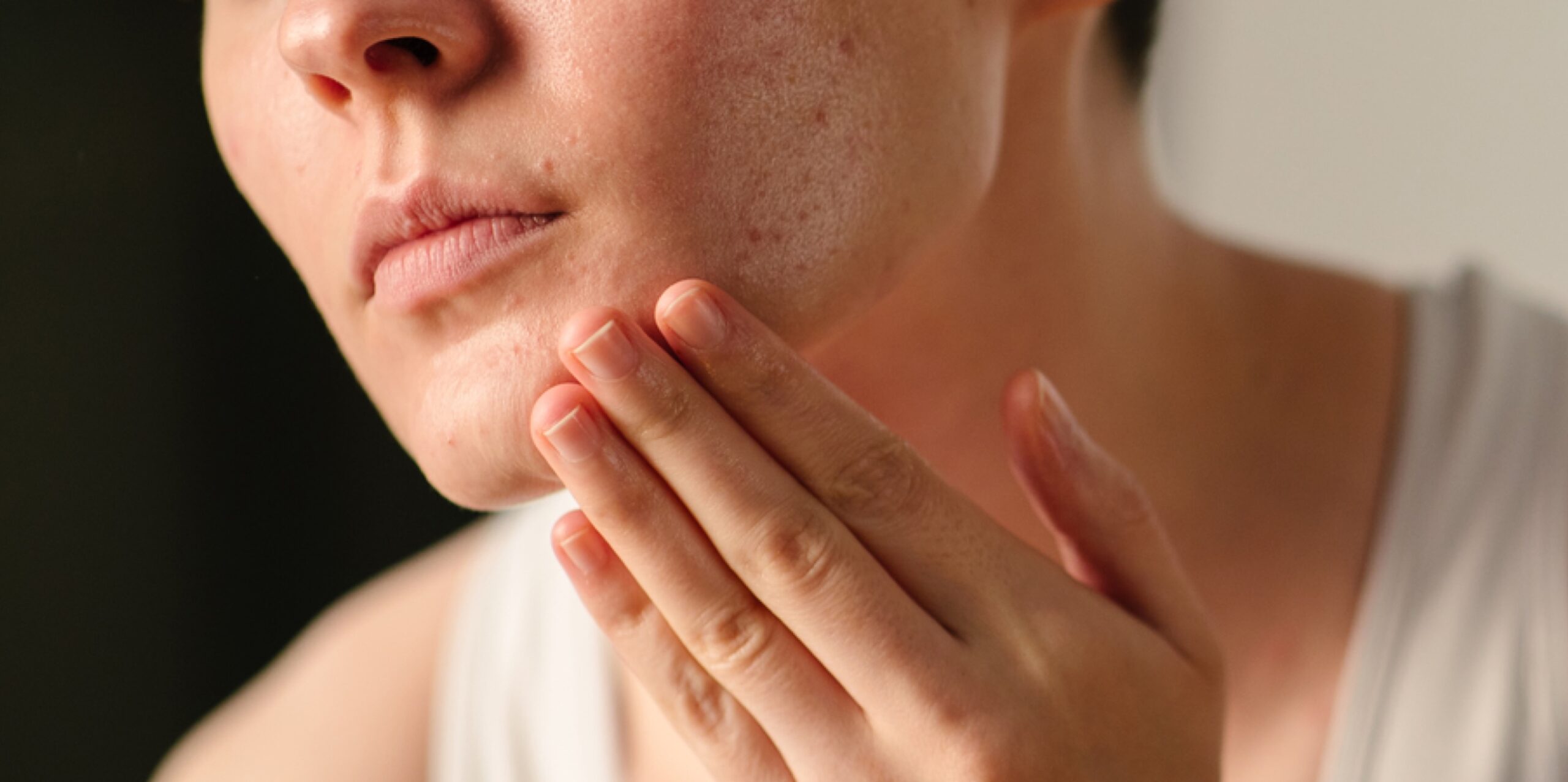
Call it a zit, breakout or pimple—acne by any name for those with acne-prone skin can be annoying. But if you think you’ve done everything you can to clear it, perhaps it’s time to ask yourself: Is it really acne? Or an acne imitator? Many skin conditions look a lot like acne and the inability to tell them apart can lead to treatment resistance.
Take a beat before you treat: Get answers to what is actually acne here, then learn all about its most famous look-alikes—folliculitis, keratosis pilaris and rosacea—by reading on and discovering how to stop acne breakouts effectively.
Folliculitis
Folliculitis is an inflammation of the hair follicle. During a folliculitis flare-up, you’ll usually see a red or dark-colored raised bump, which may be surrounded by a ring, signifying a minor infection. Folliculitis, like acne, can occur anywhere you have hair on your body—really only the soles of our feet and the palms of our hands are exempt from those little red bumps. Folliculitis may occur individually or in clusters, but it’s usually prompted by:
- Excessive rubbing or touching of skin
- Shaving, particularly if the skin is dry
- Wearing tight or abrasive clothing
- Soaking in hot tubs
If you’re a fitness enthusiast, chances are you’ve had a brush with folliculitis on your chest, back, or buttocks. Tight-fitting workout apparel is known to chafe the skin, and when combined with heat generated during a workout, it’s not uncommon to suffer a folliculitis breakout.
Wearing loose-fitting clothes to increase airflow and minimize fabric-to-skin contact is the best way to mitigate flare-ups. Removing sweaty clothes and showering as soon as possible after your workout can also keep folliculitis at bay. For more severe cases, a dermatologist or nurse practitioner can prescribe an antibiotic or antifungal to get it under control. For minor cases, the best treatment for folliculitis is patience, as most flare-ups resolve on their own.
Keratosis pilaris
Keratosis pilaris (KP) is another common skin condition—often known as “chicken skin”—that gets confused for acne. It presents as dry, coarse skin dotted with small raised bumps that may resemble mini pimples. KP usually appears on:
- Cheeks
- Upper arms
- Upper legs and thighs
- Buttocks
Dermatologists consider keratosis a normal phenomenon in the skin, meaning it’s harmless and there’s often not much you can do to contain it. You may notice keratosis flare-ups when your skin gets dry or in arid climates, so consider ramping up your moisturizing routine or investing in a humidifier to reduce symptoms.
Rosacea
Rosacea is considered an inflammatory skin disorder. There are several subtypes of rosacea, but they generally share some common hallmark symptoms:
- Flushing: Acne may present with inflamed, red skin, but the redness of rosacea is usually concentrated around the middle of your face. The darker your skin tone, the more difficult it may be to recognize this symptom.
- Bumps: Rosacea is frequently accompanied by papules and pustules, which can look a lot like the pimples that arrive with acne, but you won’t see as many whiteheads or blackheads.
- Irritation: Having rosacea can be painful and may be accompanied by stinging or burning sensations. People with rosacea may also experience discomfort around their eyes and eyelids.
All the causes of rosacea are not fully understood yet (it can be attributed to stress, weather, and even alcohol, among other factors), so it can be difficult to completely eliminate. Once a dermatologist diagnoses rosacea, they may prescribe:
- Topical therapies such as topical brimonidine
- Oral therapies such as doxycycline
- Injection therapies such as botulinum and saline
- Laser treatments and light therapy
With time, patience and consistency, many people with rosacea can see an easing of the most apparent symptoms.
What is acne-prone skin?
So now that you know about the most common acne imitators and can rule out folliculitis, keratosis and rosacea, you might be asking whether you indeed have acne-prone skin. What does “acne-prone skin” mean exactly? Simply put, it means that your physiology makes true blemishes a little more likely to appear on your skin:
- Oil production: If your skin produces more sebum than normal, it could make you more prone to blocked pores, which can lead to acne flare-ups.
- Genetic predisposition: If your parents or siblings also had or have acne, it may be an inherited condition.
- Hormones: The hormonal changes that come with puberty sometimes cause changes in oil production for teenagers. However, hormones can also trigger acne at other ages, such as during pregnancy or menopause.
No matter the factors that may cause you to have acne, there are lifestyle- and wellness-related steps you can take, plus acne-prone skincare products you can use to treat and manage it. Create an acne-fighting skincare routine that’s non-comedogenic (aka won’t clog pores) and includes a cleanser with salicylic acid, an oil-free hydrating moisturizer, a topical acne spot treatment for directly targeting pimples, a sunscreen for oily/acne-prone skin to protect against UV damage that can make acne and scarring worse, and a preventative acne serum.
But remember it may not be enough to just apply the lotions and potions—healthy lifestyle habits like eating nutritionally dense, water-rich foods; exercising daily; and being mindful of stress-relieving practices like expressing gratitude are critical to daily skincare routines, too. Because no matter how much you slather on acne-fighting salicylic acid, if you’re stressed out, sleeping badly and eating poorly, the topical skincare won’t be nearly as effective.
The views expressed in this article do not necessarily represent the views of Murad, and are for informational purposes only, even if the advice of physicians and medical practitioners are included. This article is not a substitute for professional medical advice, diagnosis or treatment, and should not be considered specific medical advice.
References for this information:
American Journal of Clinical Dermatology, 2004, volume 5, issue 5, pages 301-310
Mayo Clinic Website, Diseases & Conditions
American Academy of Dermatology Website, Diseases & Conditions
Dermatoendocrinology, 2015, volume 9, issue 1
Dermatology and Therapy, 2021, volume 11, issue 1, pages 13-24
National Institutes of Health Website, Health Topics
